Switzerland is the country with the highest concentration of museums in the world
Do you know which country has the highest density of museums in the world? Switzerland, with 980 museum venues scattered all over the country, and in order to promote and highlight Switzerland’s leading art museums to other countries,AMoS, the Art Museums of Switzerland Association, was established in 2016.
Ten museums from seven different cities are members of the latter: Kunsthaus and Museumfür Gesaltung in Zurich, Kunstmuseum, Museum Tinguely and Fondation Beyeler in Basel, MASI - Museo d’arte della Svizzera italiana in Lugano, Musée de l’Eliysée in Lausanne, Zentrum Paul Klee in Bern, MAMCO - Musée d’art moderne et contemporain in Geneva, and Center for Photography in Winterthur.
Here, visitors who come each year from all over the world can admire masterpieces of ancient, modern and contemporary art in all its various forms, from painting to sculpture, from installations to visual arts, as well as photographs by the great masters and design objects. Museums often offer a broad perspective on all of the various types of art mentioned, but sometimes a museum venue has been chosen to be dedicated to a specific genre of art, from those dedicated only to contemporary art to those dedicated only to photography. Switzerland’s museums thus give all types of audiences the opportunity to organize or improvise a visit through their halls and spaces to learn about their collections, as the choice is truly vast.
Although in some cases they are markedly different from one another, the Art Museums of Switzerland are united by the presence of works of excellent quality that have earned them an international reputation.This can be seen in terms of both permanent collections and temporary exhibitions, which further enrich the offerings offered by the museums. In particular, special exhibitions on the twentieth and twenty-first centuries are often held.
Are you a fan of Paul Klee? Do you know all about the Swiss artist who lived at the turn of the nineteenth and twentieth centuries, or do you want to learn more about his art after being intrigued by some of his works around the world? Either way, a visit to the Zentrum Paul Klee in Bern, which is entirely dedicated to the man and the artist and to Klee’s life and work, is a must. It is home to the world’s largest collection of works by one of the 20th century’s most celebrated artists. Built to a design by Renzo Piano, among the most internationally recognized architects, and opened in 2005, the museum consists of three hill-like glass and steel structures in the middle of a true green island, inside which are, in addition to exhibition halls, a hall for concerts and events, a children’s museum, plenary rooms and rooms intended for seminars. The Zentrum Paul Klee possesses four thousand works by the artist, including paintings, watercolors, and drawings, as well as biographical records, thanks mainly to the fact that Klee lived in Bern for half of his existence. To enable the public to admire all the masterpieces that the museum holds, it was decided to adopt the method of regular rotation of the works: from one hundred and twenty to one hundred and fifty at a time following a thematic thread. The Creaviva children’s museum offers the opportunity for the youngest children to learn about the artist’s original works, their themes and different techniques, and then to give space for the little ones’ creativity.
Moving on to Lugano, a visit to MASI, Museo d’Arte della Svizzera Italiana, is a must. The high quality of its permanent collections and its temporary exhibitions organized each year have promoted it with flying colors as one of Switzerland’s most visited art museums. The museum was founded in 2015: it is therefore a relatively young institution, but one that offers valuable and rich programming, as well as an ever-changing look thanks to the careful arrangements that differ according to the temporary exhibitions. Until September 2020, for example, it offers a photography exhibition dedicated to the famous duo Shunk-Kender. MASI actually includes two venues: the one in the LAC cultural center and the historical one in Palazzo Reali, to which is added the Giancarlo and Danna Olgiati Collection, entirely dedicated to contemporary art and an integral part of the Lugano museum.
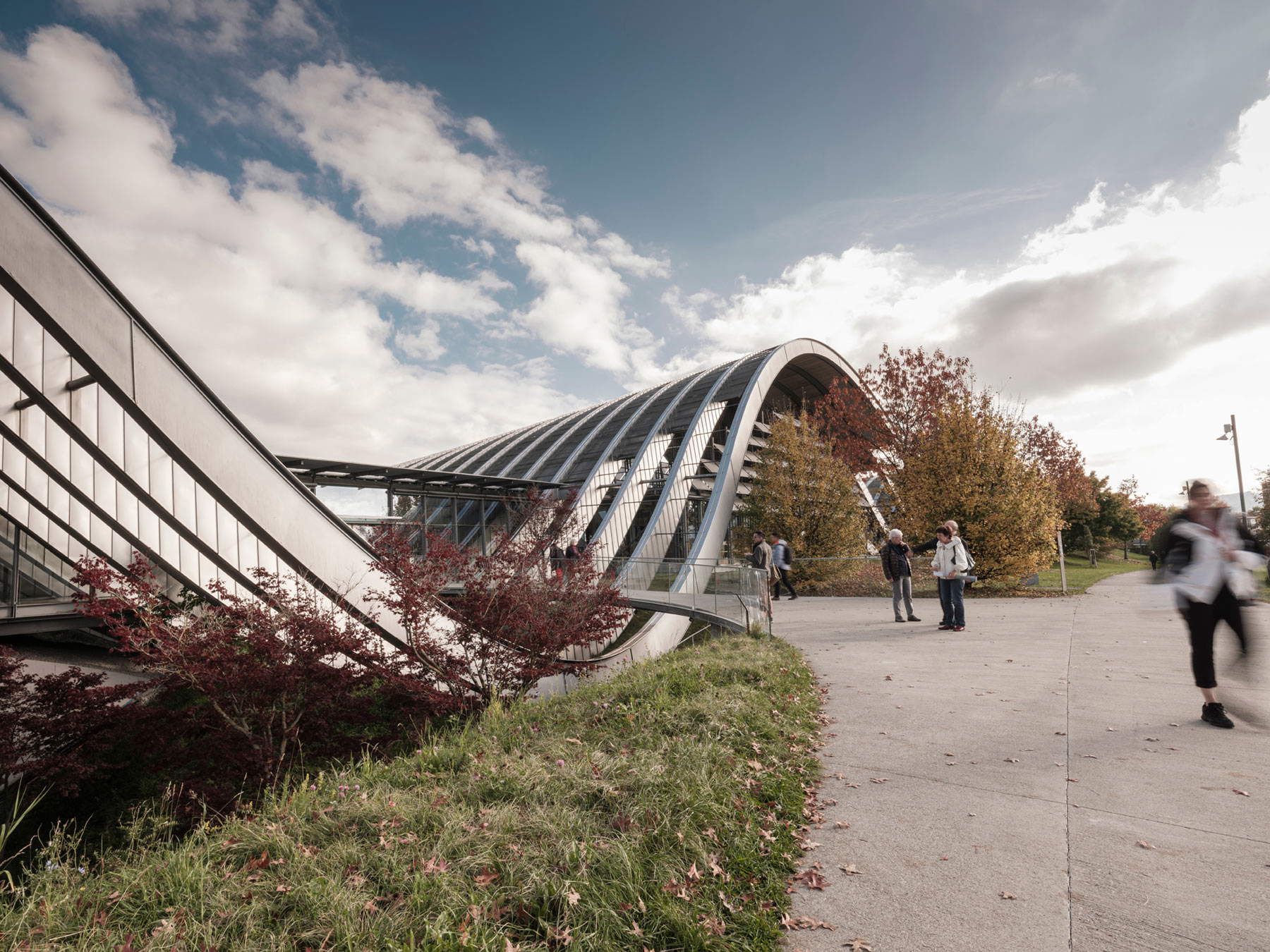 |
| Zentrum Paul Klee, Bern |
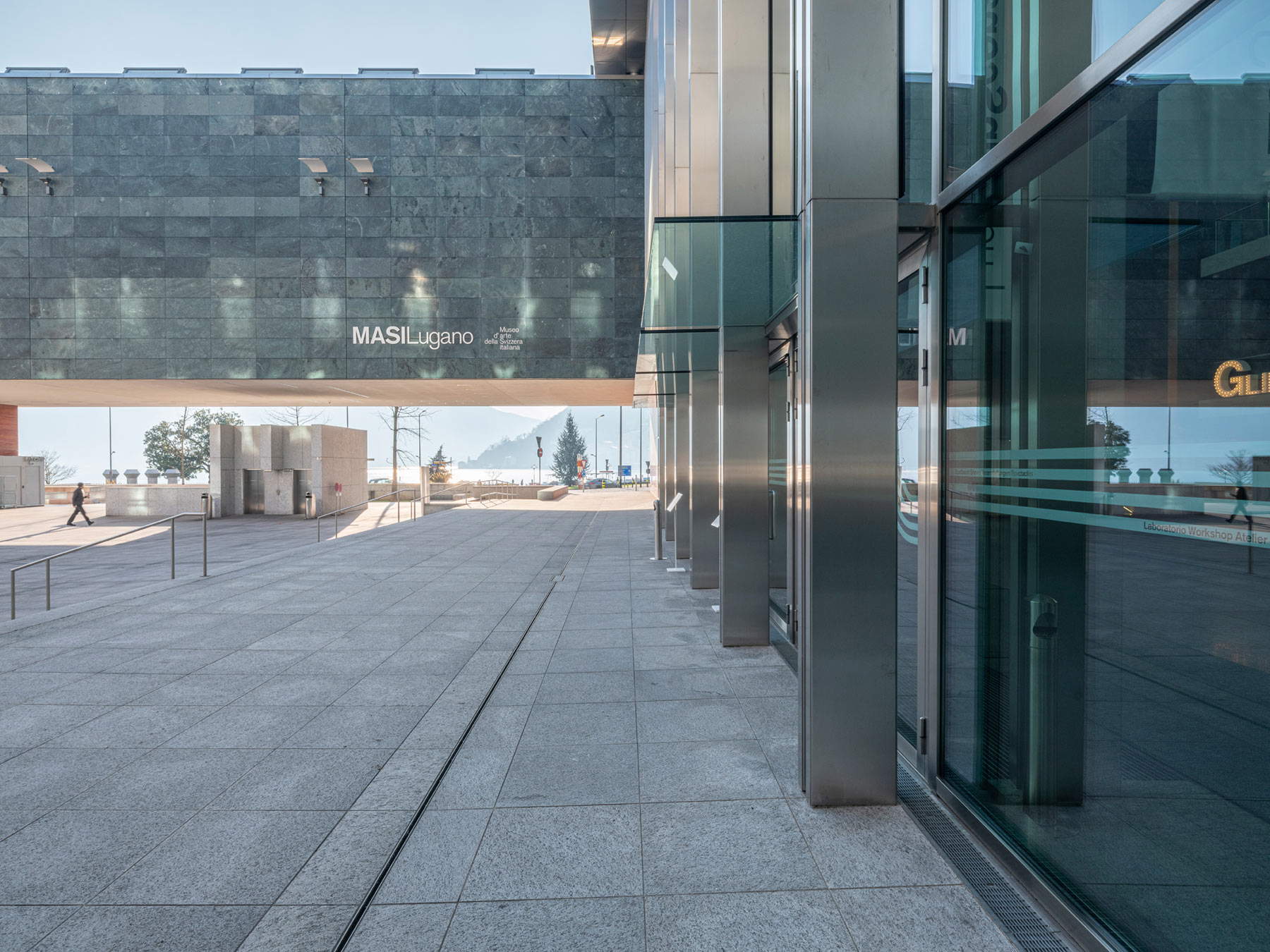 |
| MASI - Museo d’Arte della Svizzera Italiana, Lugano |
It could be called a complete museum, the Kunstmuseum in Basel, since it brings together ancient, modern and contemporary art: the expansion of its collections, which are very vast and varied, have also required the expansion of its spaces over time, and today, in fact, it consists of three buildings that altogether reach an exhibition area of ten thousand square meters. The main building was opened to the public in 1936 and includesworks ranging from the Middle Ages to the 20th century; in 1980 what is now called Kunstmuseum Basel | Presente was opened, dedicated to contemporary artworks; finally, in 2016 a new building was opened opposite the main one and connected to it by an underground passageway, designed by Basel architects Christ & Gantenbein: here works from 1960 to 1990 and temporary exhibitions are housed. In 2013 the museum was recognized by The Times as the fifth best museum in the world.
On the other hand, across town is the Tinguely Museum, which houses the world’s largest collection of works by Jean Tinguely (Fribourg, 1925 - Bern, 1991), the Swiss metal sculptor. The museum was designed by Ticino architect Mario Botta and opened in 1996.When you visit, you are fully aware that you are in front of one of the most innovative museums in Switzerland, as was the artist to whom it is dedicated. Sculptures of mobile machinery tracing the forty years of his artistic activity allow the public to interact directly with the works themselves, entertaining young and old alike.
Outside Basel, in Riehen, is the Fondation Beyeler, established to house the collection of Hildy and Ernst Beyeler back in 1982. The building, inaugurated in 1997, was designed by Renzo Piano and is set in a beautiful park, with trees and statues, that is definitely worth some time to spend there. Some four hundred works of Post-Impressionism, classical, modern, and contemporary art, as well as thirty ethnographic art objects from Africa, Oceania, and Alaska can be admired in the spacious and bright rooms. The Foundation attracts many visitors each year for both its permanent collections and its temporary exhibitions: a major exhibition devoted to Edward Hopper is now on view through July 26, 2020; two more exhibitions will follow, one focusing on Francisco Goya, probably for the summer, and the other on portraits created by nine artists tracing the history of modernism from 1870 to the present (September 2020 to January 2021).
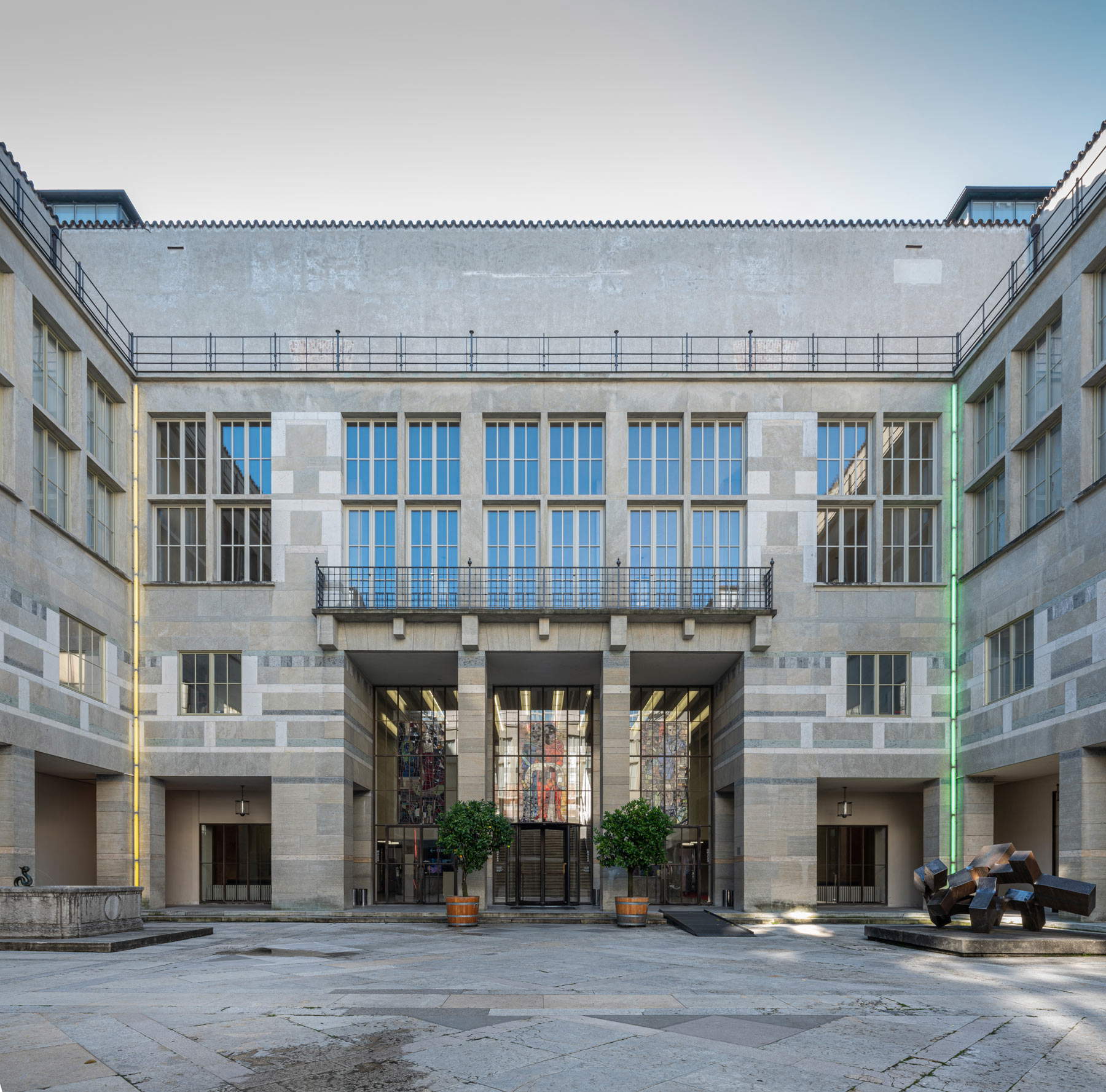 |
| Kunstmuseum, Basel |
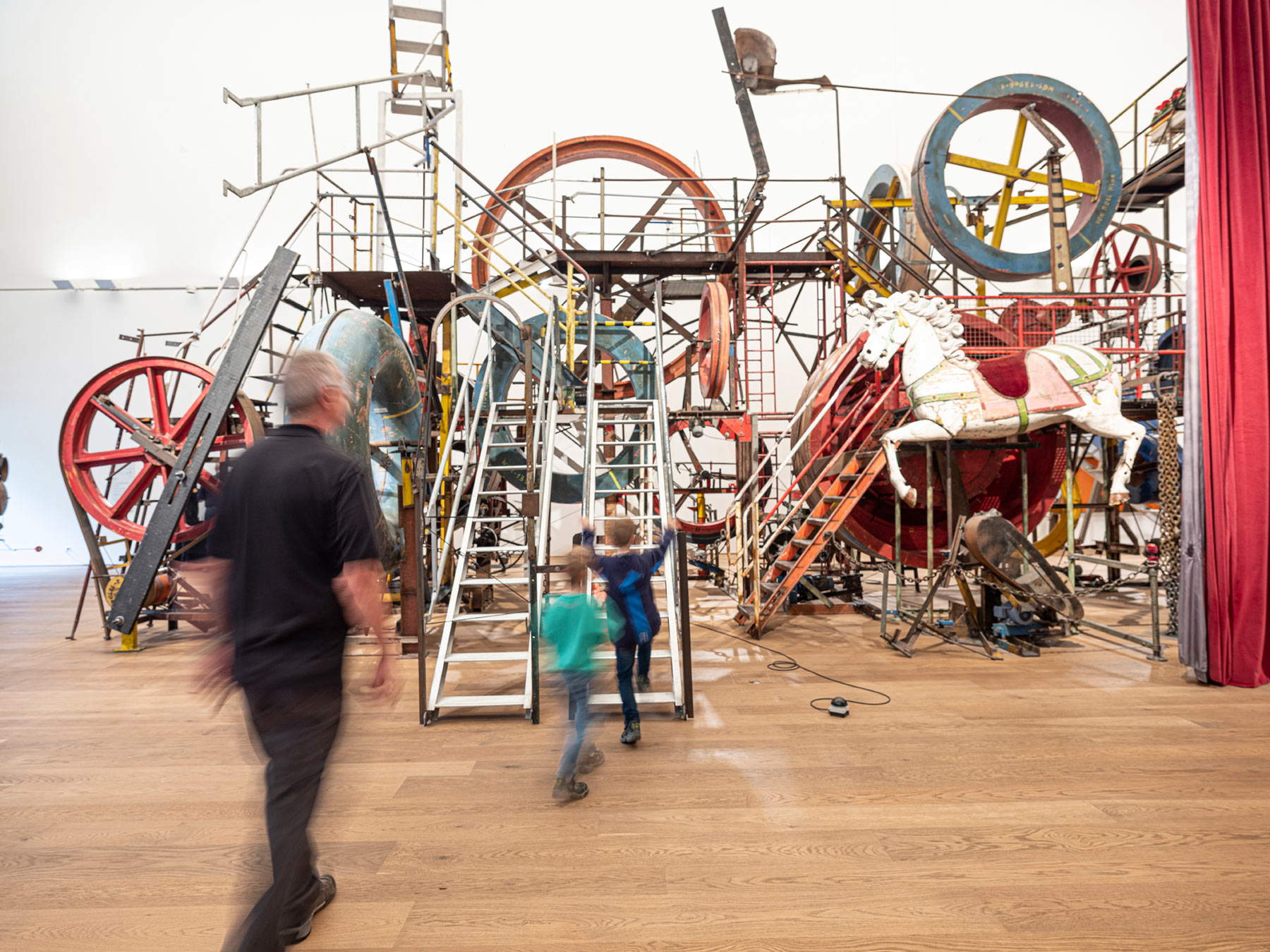 |
| Tinguely Museum, Basel |
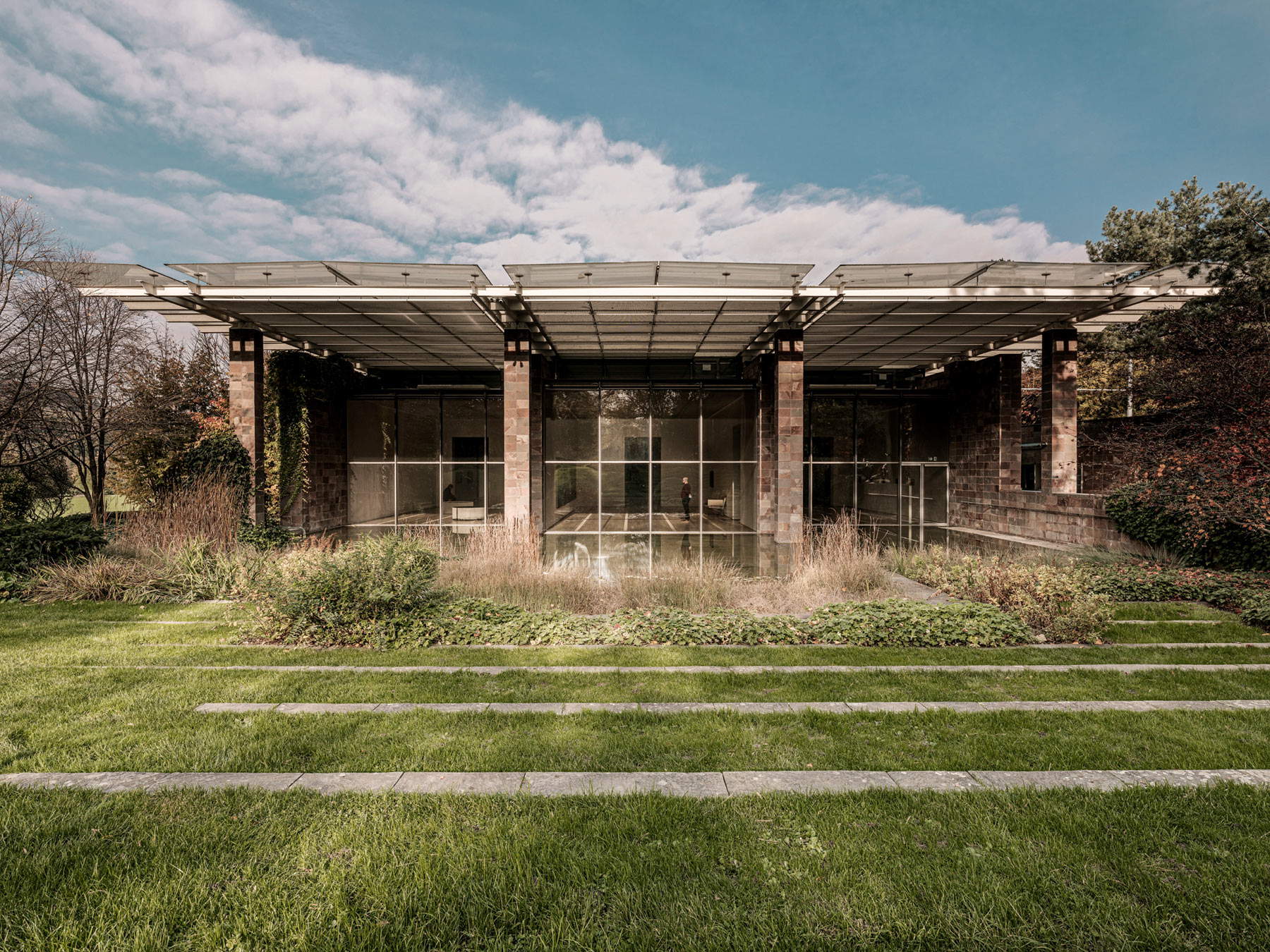 |
| Beyeler Foundation, Basel |
In the city of Zurich, the Kunsthaus houses works spanning many centuries, from the 13th century to the present. Must-see paintings include those of Edvard Munch, herewith the largest collection outside Norway, those of Alberto Giacometti with his largest collection of works, housed here, as well as masterpieces by Claude Monet, Pablo Picasso, Marc Chagall, Oskar Kokoschka, Max Beckmann, Lovis Corinth and Georg Baselitz. Also, the works of the New York School with Jackson Pollock, Mark Rothko and Barnett Newman, the paintings and sculptures of Cy Twombly and the works of numerous contemporary Swiss artists.
If, on the other hand, you are a big fan of design, the Museumfür Gestaltung in Zurich is just right for you: this is the most important Swiss museum entirely dedicated to design and visual art, and a landmark in Europe. More than 500,000 works including posters, design objects, applied art and graphics are exhibited here to offer its visitors design in all its aspects: Le Corbusier, Max Bill, Herbert Matter, René Burri, Sophie Taeuber-Arp and Freitag. Since 1875, the Museum für Gestaltung has brought together objects of everyday and artistic design culture in four collections, namely design, graphics, arts and crafts, and posters, of international significance. Since 2014, the museum has had a second location, the Toni-Areal. Again, the permanent collections are complemented by temporary exhibitions devoted to various themes. In addition, the museum venue offers links with the ZürcherHochschule derKünste, exhibits experimental projects and participates in topical debates related to the world of design.
A particular museum policy has been adopted by MAMCO, the Musée d’art moderne et contemporain in Geneva: there is no permanent exhibition, but rather it changes three times a year. To be more precise, of the four floors of which the museum is composed, the Apartment on the third floor, a unique exhibition space that reconstructs Ghislain Mollet-Viéville’s Paris lodging, and a series of works by minimalist and conceptual artists are permanent. Plus the fourth floor, which brings together spaces for artists, the Ecart Group Archives, and a Concrete Poetry Cabinet. All other spaces are designated for temporary exhibitions. Since its opening in 1994, MAMCO has offered 450 exhibitions with works from the early 1960s to the present. Works acquired by the museum include works by Christo, Martin Kippenberger, Jenny Holzer, Dan Flavin, Sarkis, Franz Erhard Walther, Sylvie Fleury, and many others.
Are you a lover of photography? The Art Museums of Switzerland include two museum venues devoted entirely to this art. First is the Center for Photography in Winterthur. This comprises two institutions, namely the Fotostiftung Schweiz and the Fotomuseum Winterthur, independent but with the common goal of enhancing and promoting photographic art. The former, active since 1971, is dedicated to the photographic heritage and the collection and dissemination of 20th-century Swiss photography, while the latter, founded in 1993, focuses on contemporary international photography and the masters of the history of photography. The collection of Swiss photography includes about 50 thousand exhibition prints, 250 thousand archival prints and more than one million negatives and slides with works by numerous artists.
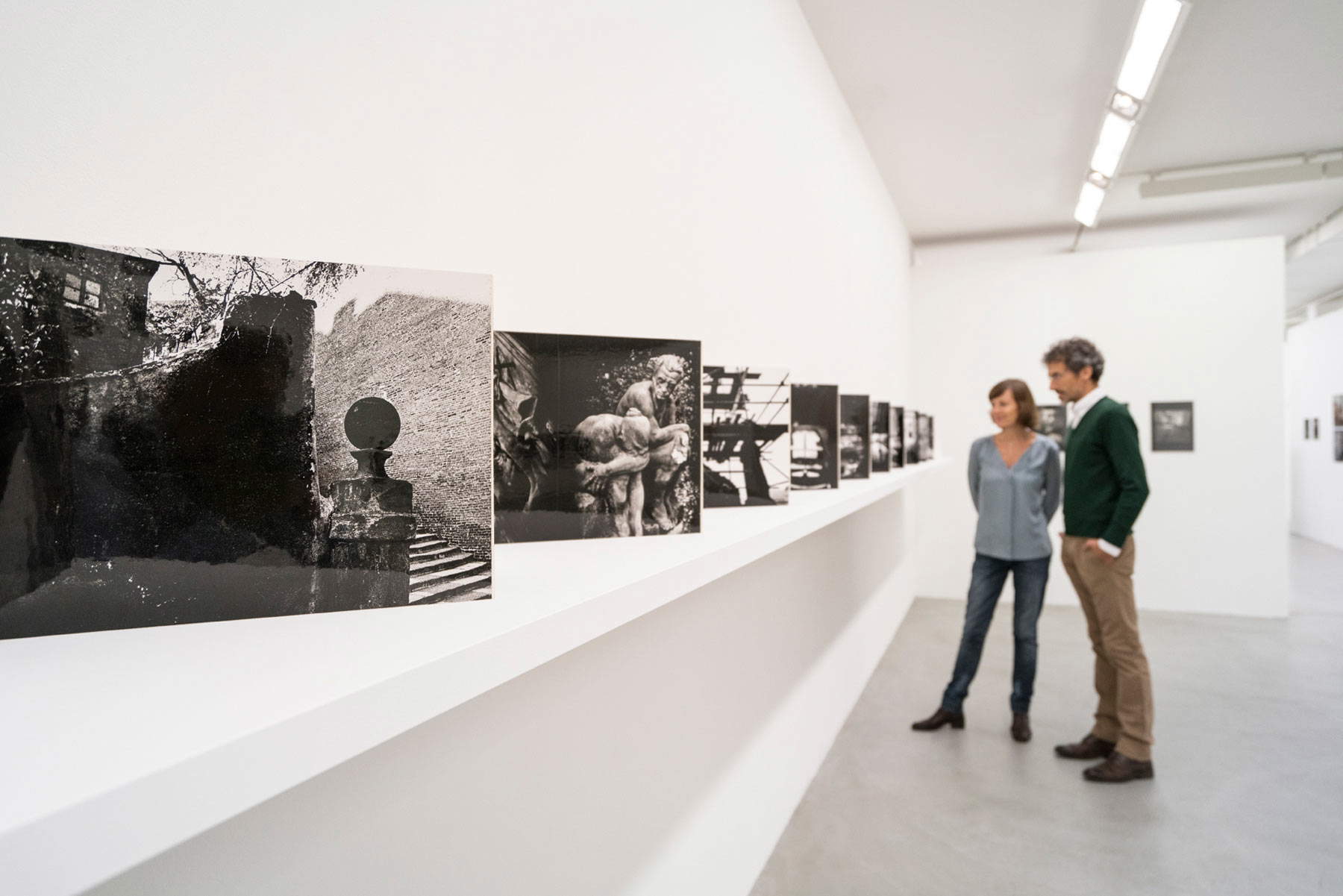 |
| Center for Photography, Winterthur |
Also devoted entirely to photography is the world-renowned Musée de l’Elysée in Lausanne. In addition to its collection considered one of the most important in Europe, the location is also worth a visit: the museum is housed in an 18th-century villa with panoramic views of the lake. And looking at all the photographs that are kept here, you will certainly be led to immortalize that beautiful view in your memories. The collection has over a million photographs and many collections by authors such as René Burri, Ella Maillart, Nicolas Bouvier and Charlie Chaplin. You will have the opportunity to learn about the complete history of photography, from the techniques of the past to digital photography.
Visiting the Art Museums of Switzerland is not only about discovering the works and objects they hold; it often means getting in touch with nature, as many of these museums are set in beautiful parks, which you can wander through at your leisure before or after visiting the proper museum environments. Examples are Zentrum Paul Klee’s Fruchtland , the agricultural area surrounding the Bern museum named after a work by Klee himself and whose fruits can be sampled and purchased in the museum’s restaurant or shop; distinctly artistic, on the other hand, is Fondation Beyeler’s museum park, full of installations and the setting for many events of all kinds, from art events to gastronomic and musical initiatives. The Musée de l’Elysée is surrounded by the striking Elysée gardens, which invite relaxation and lounging on beautiful sunny days. Every year the Nuit des Images, the night of images, takes place in the gardens, attracting many spectators. Finally, from the Museum Tinguely, one can walk the entire promenade along the waterfront, ending on hot summer days with a refreshing dip in the river, or enjoy the sunshine at the Solitude beach located right in front of the museum. Ten museums that have chosen to be on the side of visitors, offering them quality and sharing.
Warning: the translation into English of the original Italian article was created using automatic tools. We undertake to review all articles, but we do not guarantee the total absence of inaccuracies in the translation due to the program. You can find the original by clicking on the ITA button. If you find any mistake,please contact us.



























